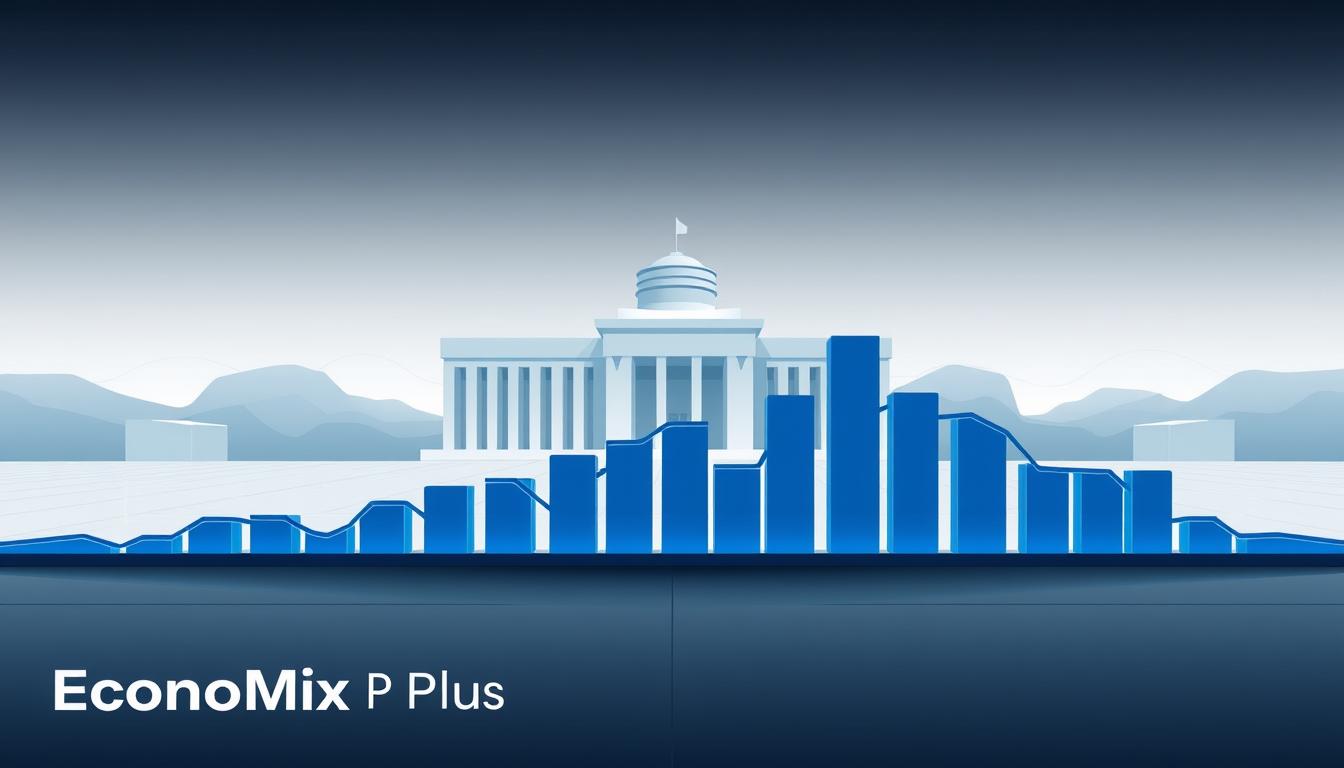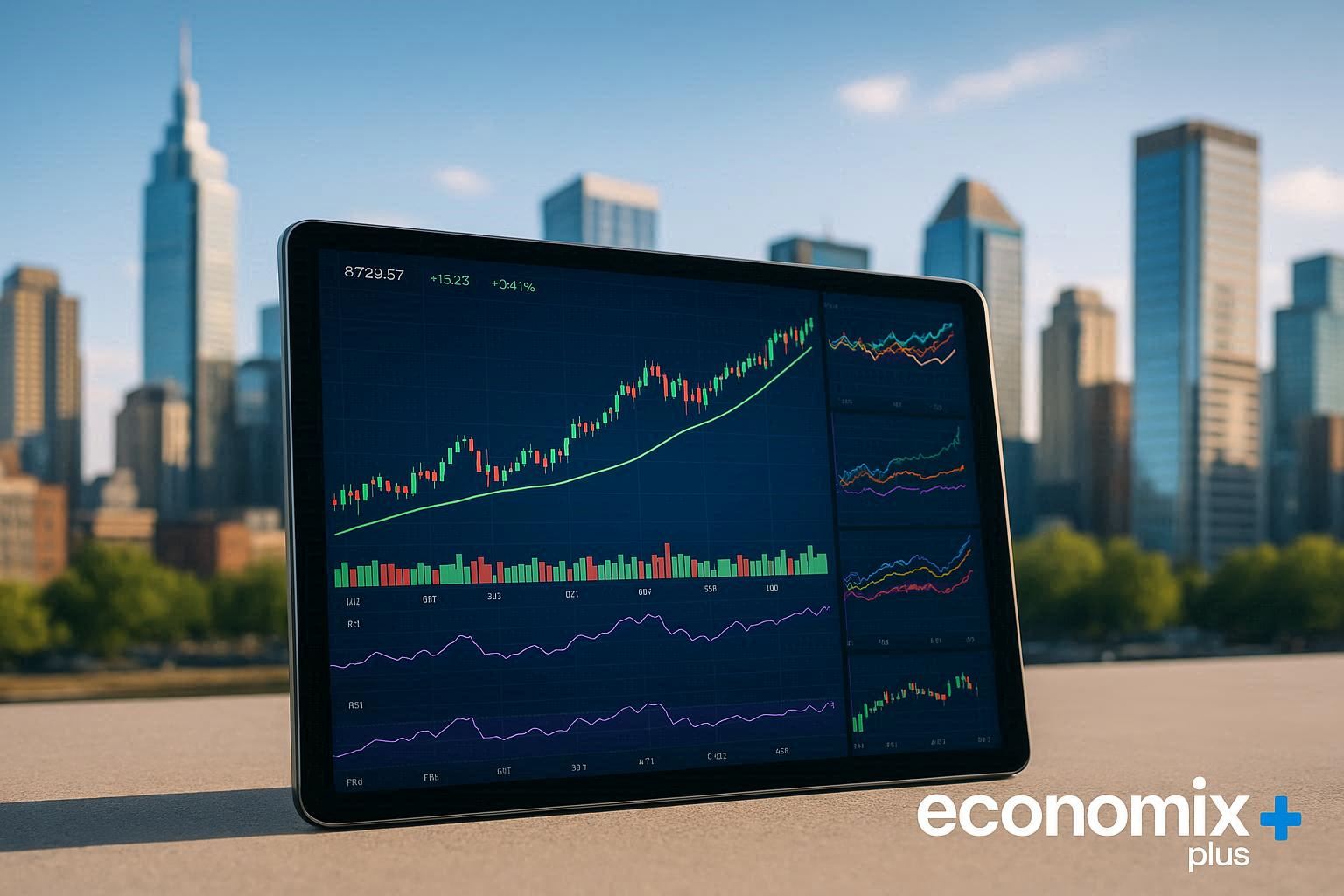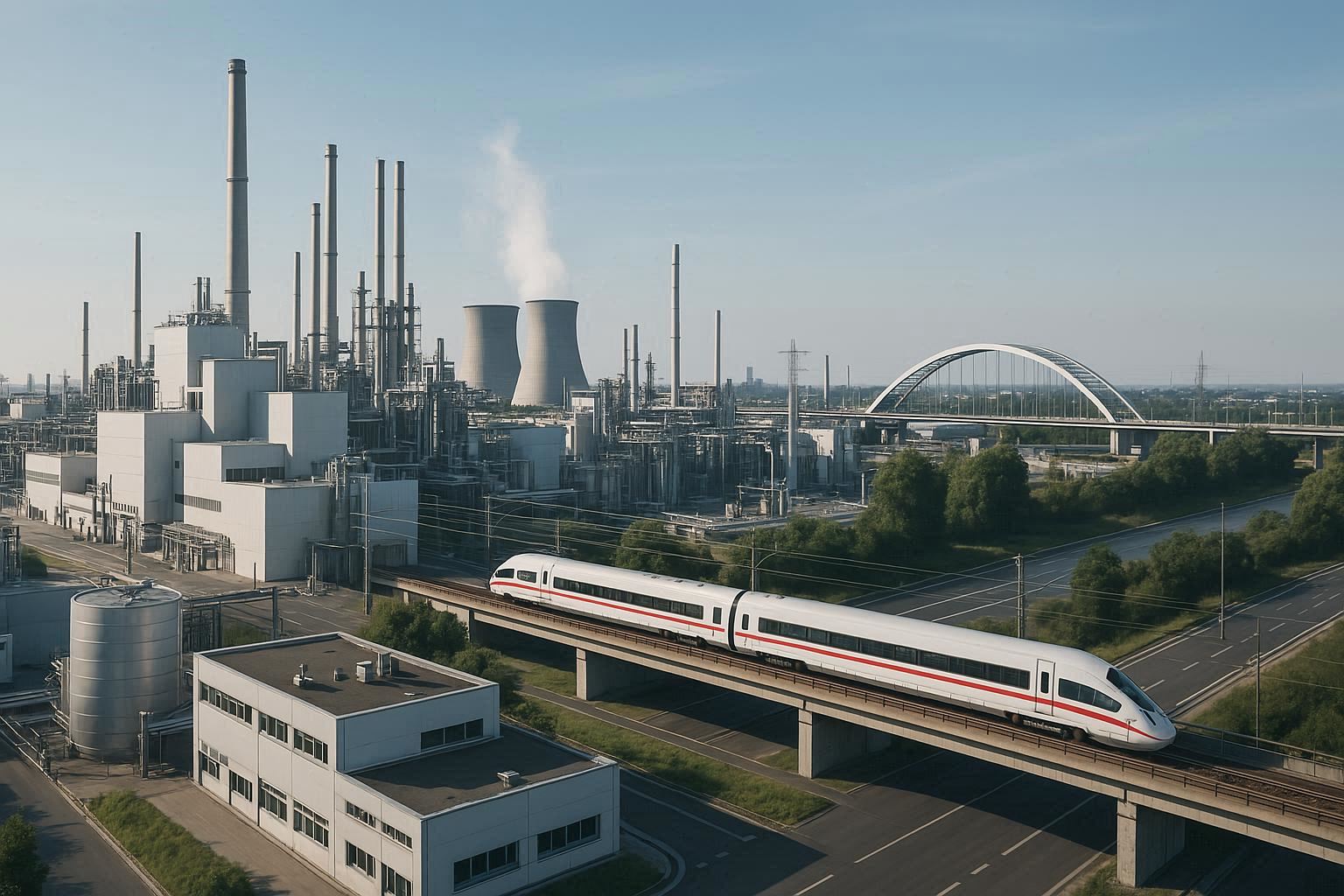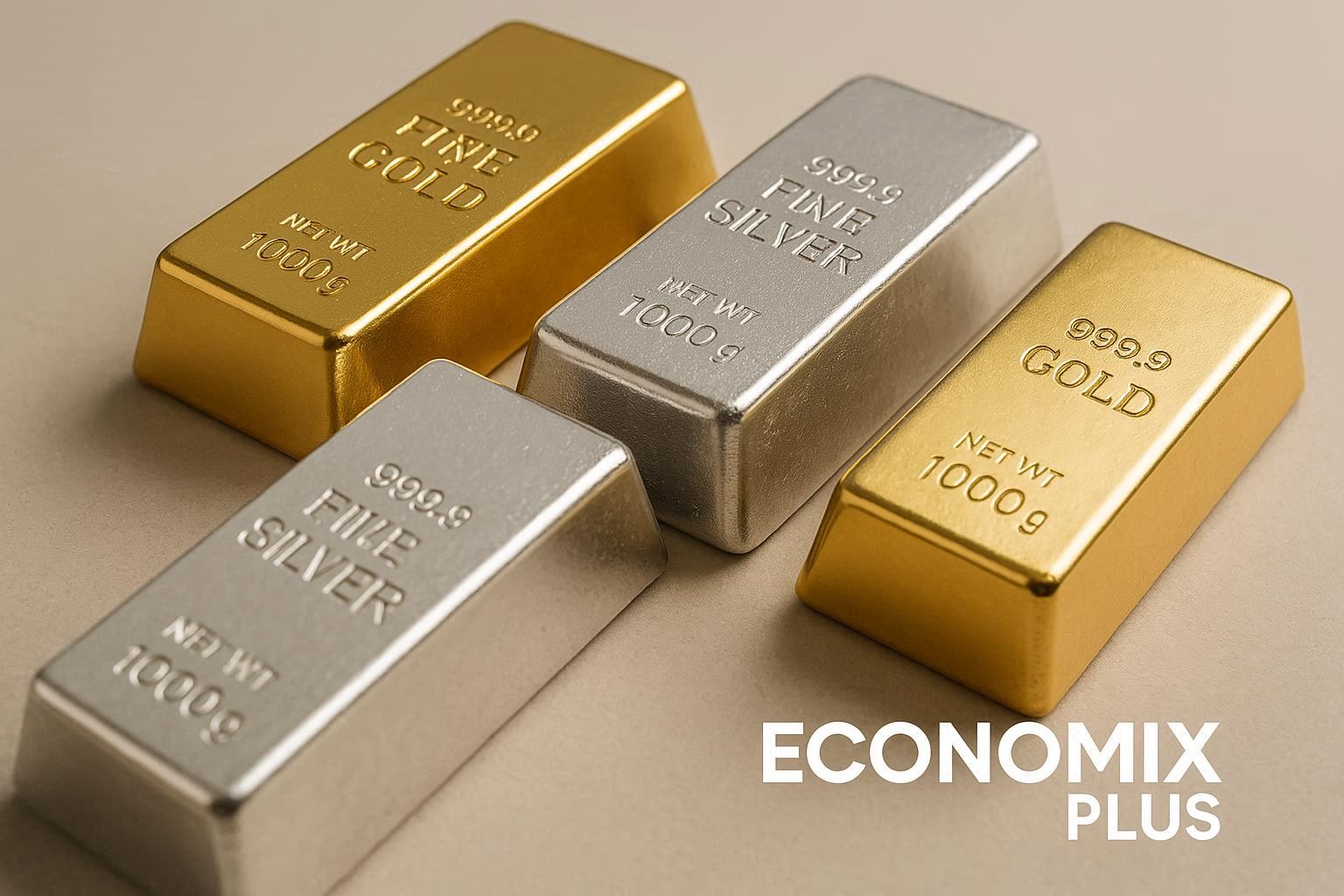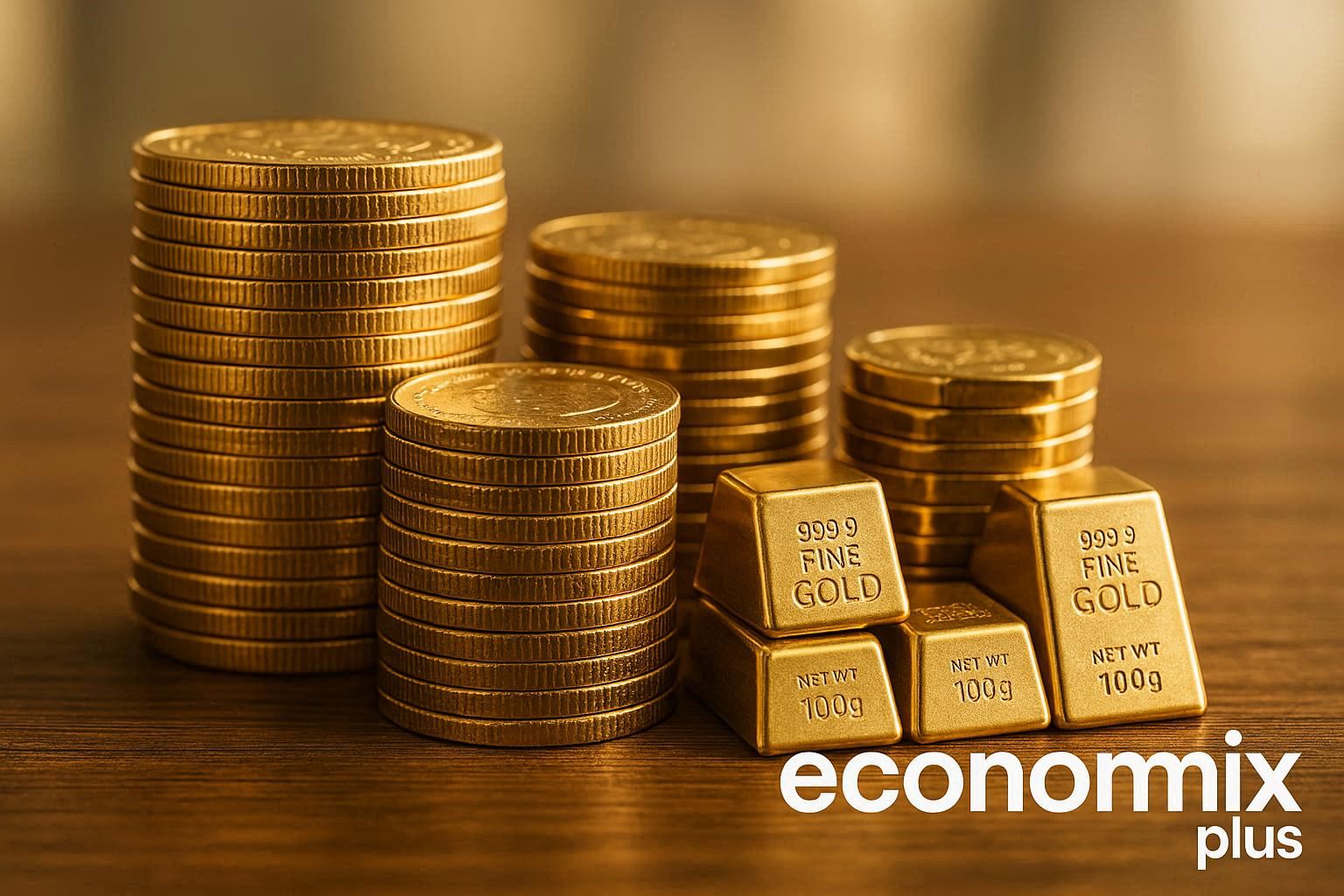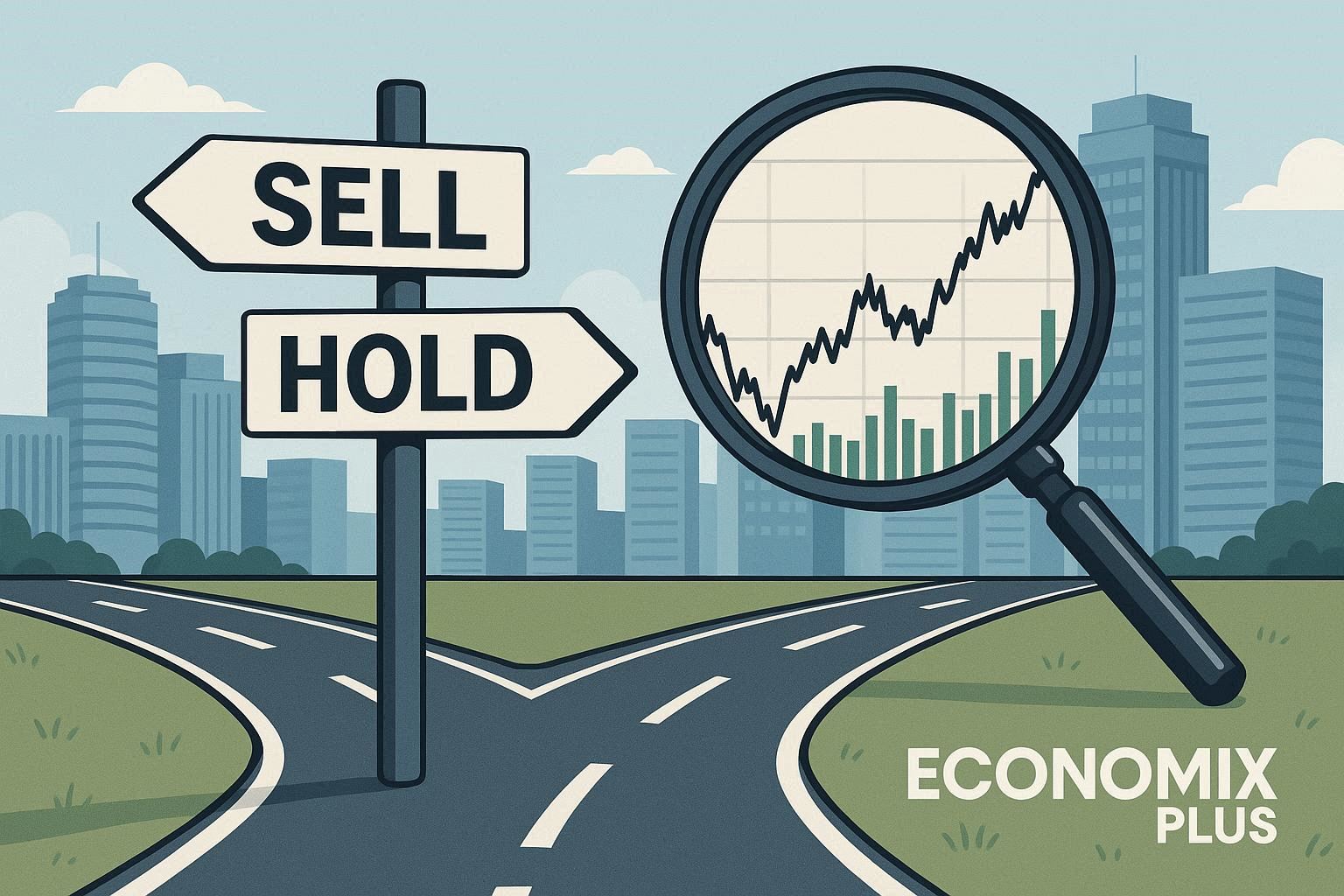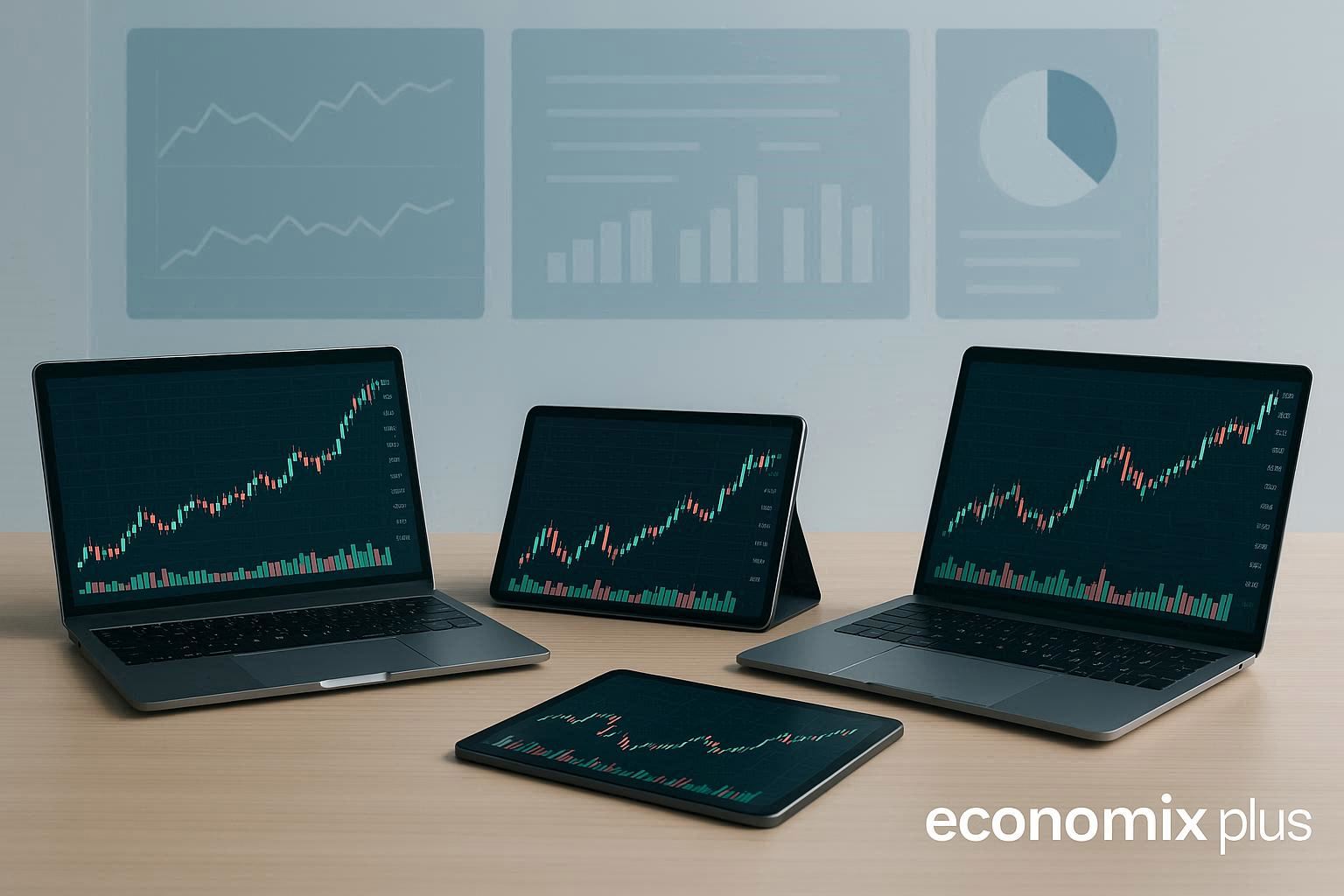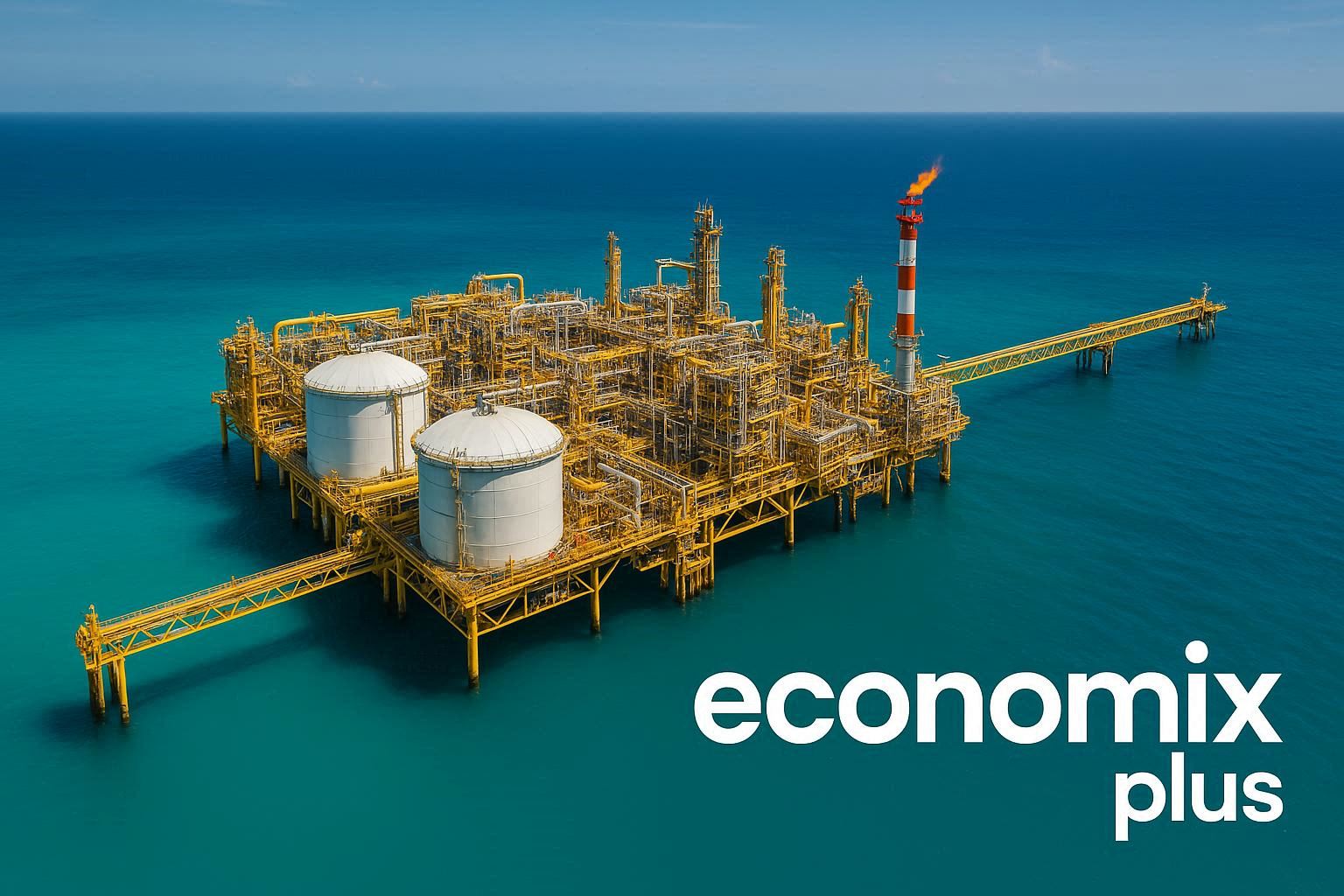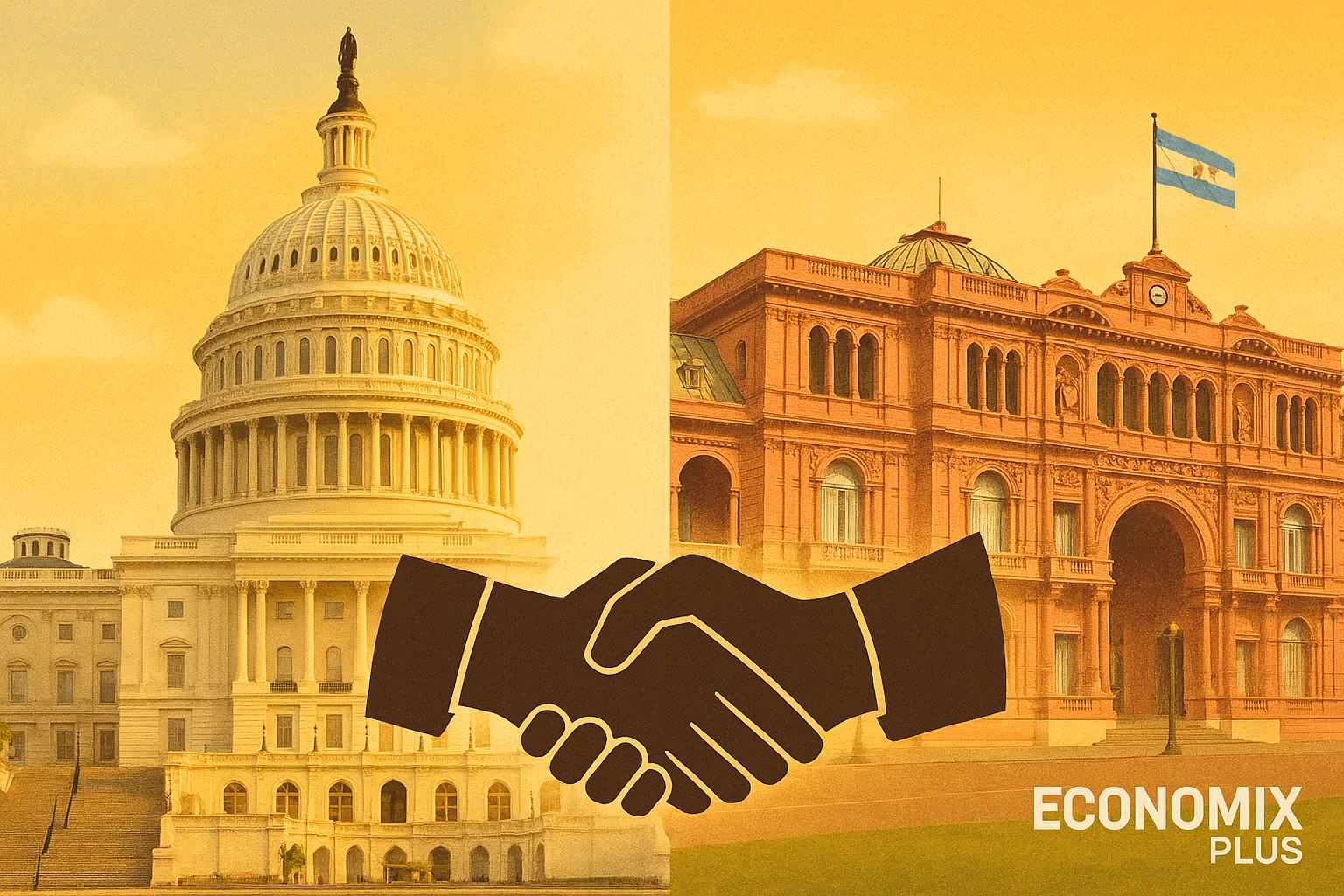As we explore the global economy, a big question comes up: what happens to prices in an economic recession? A recession means the economy is shrinking. It can be caused by wars, health crises, or big changes in industries.
Knowing how recessions affect prices is key for both shoppers and investors. It can change how we spend money and live our daily lives. We’ll dive into how downturns can change prices.
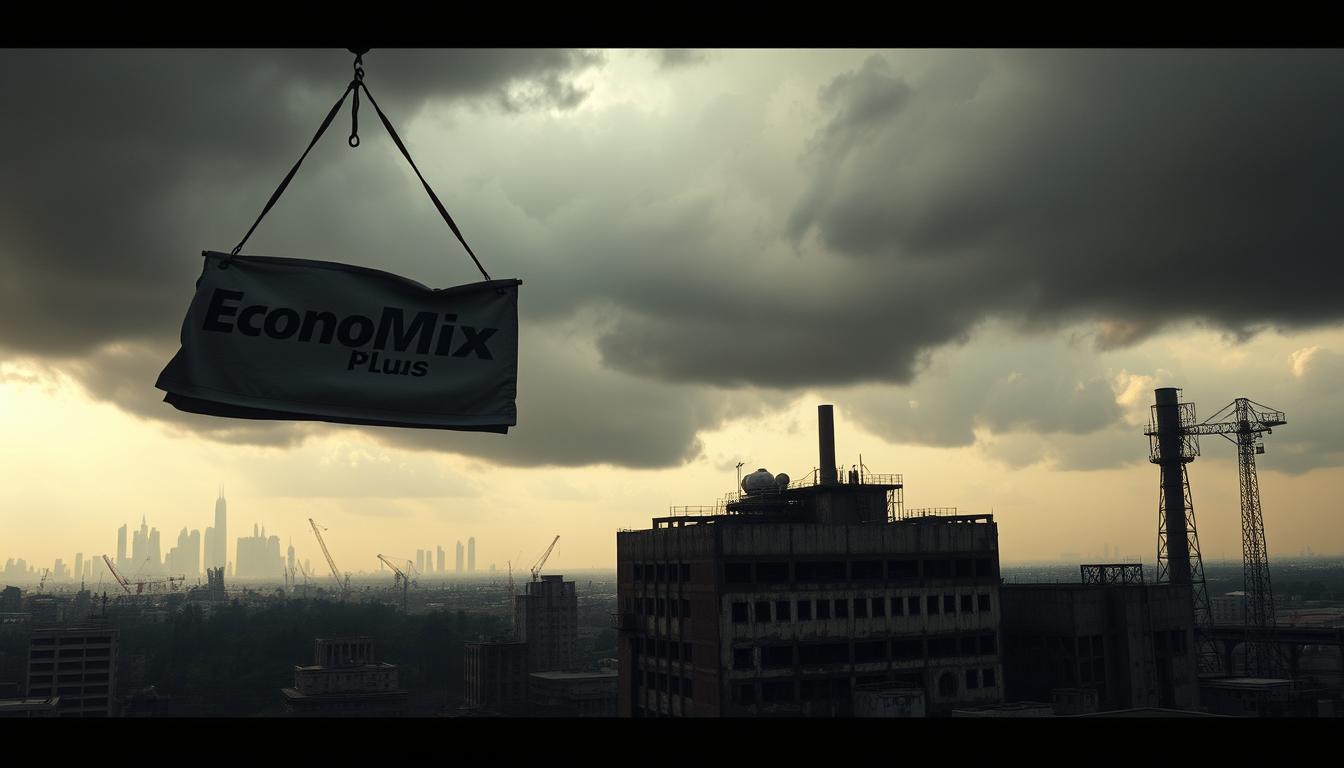
Key Takeaways
- Understanding the causes and effects of an economic recession.
- The impact of recession on consumer prices.
- Strategies for making financial decisions during economic downturns.
The Paradox of Recession and Inflation
Traditional economic theory says recessions should lead to deflation. But, the real world shows that inflation can rise during these times. This challenges our usual ideas about how economic downturns affect prices.

Traditional Economic Theory vs. Reality
Economic theory says demand drops in a recession, causing prices to fall. But, in reality, higher prices have been seen in some recessions. This goes against what we expect.
The Stagflation Phenomenon
Stagflation is a key example of this paradox. It’s when the economy grows very little but inflation rises. This shows how complex and unpredictable economic systems can be. It also shows that higher prices can happen even when the economy is down.
Understanding Economic Recessions
Understanding recessions is key as we face economic downturns. A recession is marked by negative economic growth. This is often shown by a drop in Gross Domestic Product (GDP).
Defining Recession Indicators
Identifying recession indicators is vital. They include a drop in GDP, rising joblessness, and less spending by consumers. These signs help predict how recessions will affect the economy.
- GDP decline
- Rising unemployment rates
- Decreased consumer spending
How Recessions Typically Affect Consumer Prices
In a recession, prices for goods and services often drop. This is because people spend less, and businesses try to sell more by lowering prices. Yet, some things like healthcare and utilities usually see less price change.
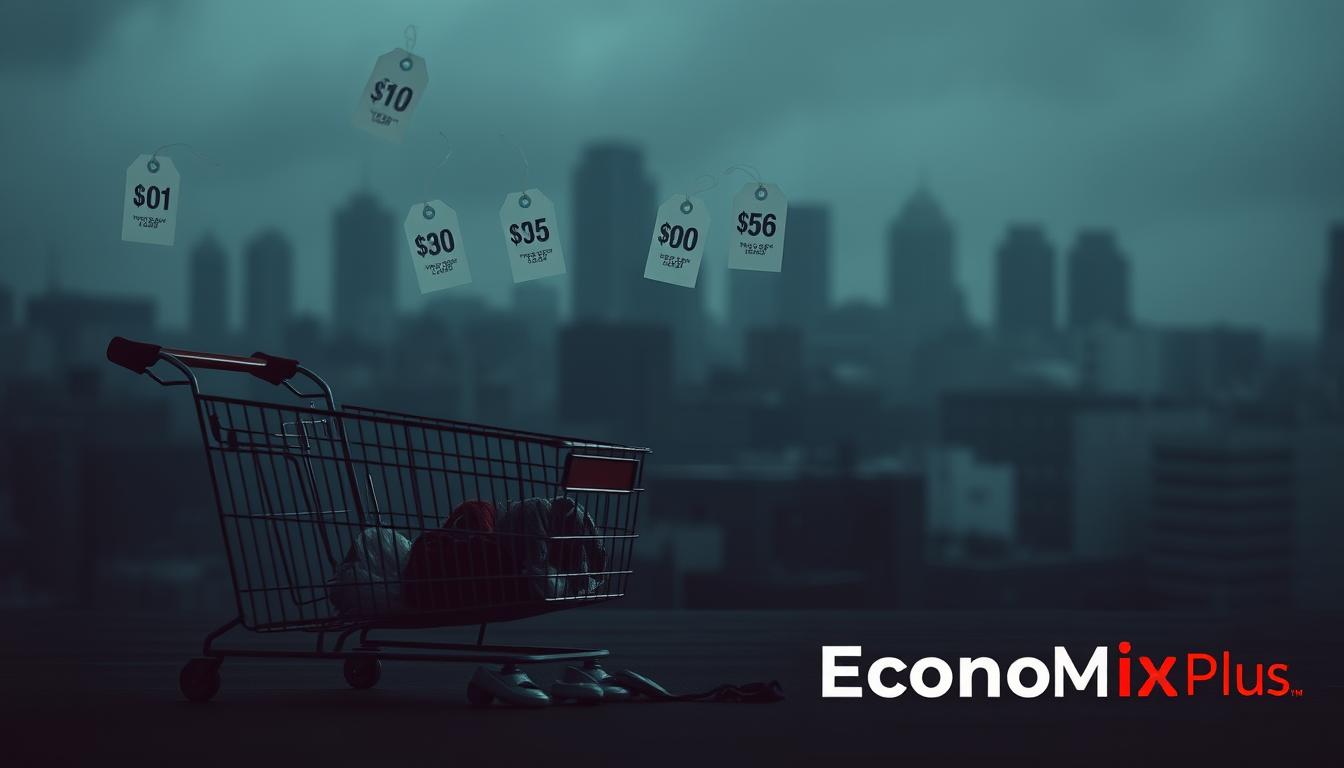
Supply and Demand Dynamics During Downturns
Supply and demand are key during recessions. When demand falls, suppliers might cut back, leading to lower prices. But, supply chain issues can cause prices to rise, even in a recession.
- Reduced demand leads to lower prices
- Supply chain disruptions can increase costs
- Businesses must adapt to changing market conditions
Historical Examples: When Recessions Led to Higher Prices
Recessions have sometimes led to higher prices for consumers. These examples show how complex the link between economic downturns and inflation can be.
The 1970s Stagflation Crisis
In the 1970s, the U.S. faced stagflation. This meant slow economic growth, high inflation, and high joblessness. The oil embargo of 1973 was a big factor. It caused energy prices to soar, raising the cost of many goods and services.
The 2008 Financial Crisis and Commodity Prices
The 2008 financial crisis caused big swings in commodity prices. At first, demand fell, and prices dropped. But some items, like oil, saw price jumps due to supply issues and speculation. This price volatility hit consumer costs, mainly for energy and food.
Post-COVID Economic Recovery Inflation
After COVID, the economy saw supply chain disruptions and a surge in demand. This imbalance pushed prices up for things like electronics and cars. It led to inflation worldwide.

These examples show recessions and inflation are linked in complex ways. Knowing this helps predict how future downturns might impact prices.
Supply Chain Disruptions as Price Drivers
As the economy goes through a recession, supply chain issues become a big factor in rising prices. These issues test the strength of supply chains, showing weaknesses that can cause costs to go up. This, in turn, leads to higher prices for people who buy things.
How Recessions Can Break Supply Chains
Recessions can mess up supply chains in many ways. This includes less demand, suppliers going out of business, and problems with getting things from one place to another. When demand falls, suppliers might find it hard to keep up production. This can make things more expensive and lead to higher prices for buyers.
Reduced Production Capacity and Higher Costs
In a recession, companies often make less because there’s less demand. Making less can make things more expensive because resources aren’t used as much. This is because making more things usually costs less per item.

Case Study: Energy Markets During Economic Contractions
The energy sector is very sensitive to economic downturns. During the 2008 financial crisis, energy prices first went down because of less demand. But then, as the economy started to get better, prices went up. This shows how complex things can get.
| Factor | Impact on Supply Chain | Effect on Prices |
|---|---|---|
| Reduced Demand | Suppliers reduce production | Potential for higher costs per unit |
| Supplier Insolvency | Disruption in supply chain continuity | Increased costs due to re-sourcing |
| Logistical Challenges | Delays and increased transportation costs | Higher final product costs |
Will an Economic Recession Lead to Higher Prices in Today’s Economy?
Many wonder if an economic recession will cause prices to rise. Looking at today’s economy, we must think about several factors. These factors could change how prices move during a recession.
Current Inflationary Pressures
The economy is seeing inflation because of supply chain issues, tight labor markets, and global tensions. These issues have led to higher prices in many areas. We need to see how these factors might change during a recession.
- Supply chain bottlenecks
- Labor shortages
- Geopolitical conflicts
The Federal Reserve’s Monetary Policy Dilemma
The Federal Reserve has a tough job balancing inflation control with economic growth. As we look at the chance of a recession, it’s key to understand the Fed’s monetary policy. Their decisions will greatly affect interest rates, spending, and prices.
Sector-Specific Price Predictions
Different areas will face different impacts from a recession. For example, energy and commodity prices might change due to global demand and supply. We’ll dive into these predictions to grasp the possible price shifts.
Consumer Spending Patterns During Recessions
When the economy goes into recession, how we spend money changes a lot. This affects prices everywhere. It’s important for businesses and shoppers to understand these shifts.
Essential vs. Non-Essential Goods Pricing
People focus more on essential goods during tough times. This means different prices for different things. For example, food and healthcare prices might stay the same or go up because people always need them. But, prices for fancy items could drop to get more people to buy.
The Psychology of Recession Spending
Why we spend money differently during recessions is complex. People get nervous about losing their jobs or making less money. This makes them spend less on things they don’t really need. Important reasons for this include:
- Less confidence in spending
- More money saved
- Looking for deals on things they buy
Knowing these reasons helps businesses change how they market and price their products.
How Businesses Adjust Pricing Strategies
Companies change their pricing when spending habits shift. They might:
- Lower prices on non-essential items to sell more
- Offer bundles to seem like a better deal
- Charge more for things people really need
These moves help businesses deal with less spending during hard times.
Government Policies That Influence Recession Pricing
It’s key to know how government actions impact prices during economic downturns. These actions can affect everything from production costs to how much people spend.
Stimulus Measures and Their Price Effects
When the economy slows down, governments often use stimulus measures to help. These can include lowering interest rates or increasing government spending. Stimulus can make prices more stable and boost demand. But, it can also cause inflation if not managed well.
Regulatory Changes During Economic Downturns
Regulatory changes are another way governments tackle economic crises. For example, deregulation can lower business costs, which might lead to cheaper prices for consumers. Yet, new rules can increase costs for businesses, which could mean higher prices for consumers. The impact on prices depends on the type of changes and the market conditions.
Tax Policies and Consumer Prices
Tax policies are a big part of how governments manage the economy. In tough times, governments might change tax rates or introduce new taxes. Tax changes can directly influence prices, either by making things cheaper or more expensive.
| Policy | Effect on Consumer Prices | Example |
|---|---|---|
| Stimulus Measures | Can stabilize prices and stimulate demand | Monetary policy easing |
| Regulatory Changes | Can reduce or increase business costs | Deregulation or new regulations |
| Tax Policies | Can directly affect consumer prices | Tax cuts or new taxes |
Navigating the Economic Uncertainty Ahead
Understanding the current economic landscape is key. We must grasp the chance of an economic recession and its effect on prices. The link between recession and inflation is complex, shaped by many factors. These include supply chain issues, how people spend, and government actions.
To face the future, we need to be flexible and well-informed. Knowing how recessions and inflation work helps us make smart choices. We should watch economic signs, change our spending, and spread out our investments to protect against market ups and downs.
The Federal Reserve’s actions are vital in controlling inflation today. As we go forward, keeping an eye on these policies is critical. This way, we can deal with economic uncertainty more confidently and strongly.
FAQ
▶
▶
▶
▶
▶
▶
▶
▶
